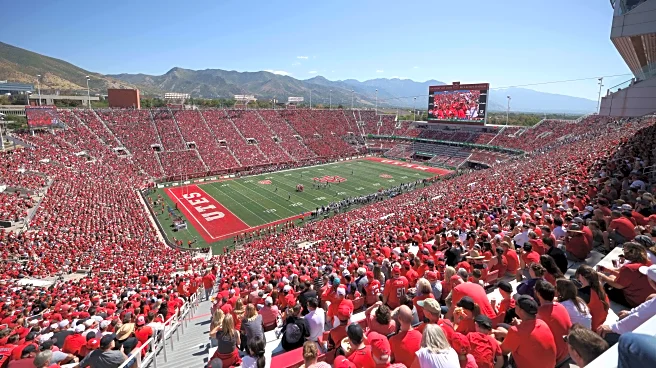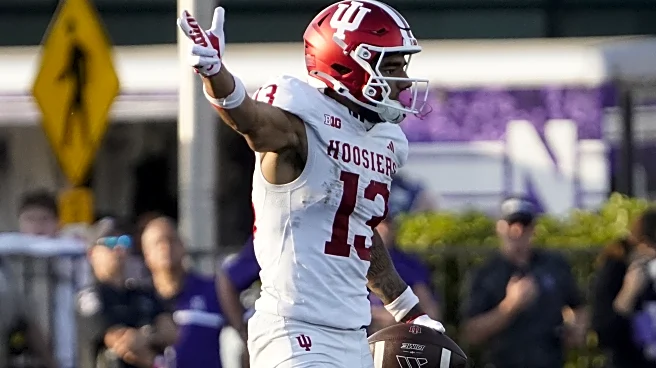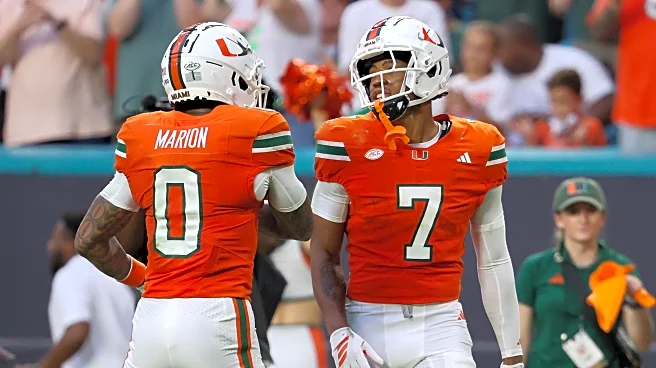Oregon's symbols reflect its cultural heritage and identity. From its unofficial nickname to its state emblems, these symbols hold significant meaning for residents and visitors alike.
Emblems and Meanings
Oregon is known as the "Beaver State," a nickname that reflects its historical association with the fur trade. The beaver symbolizes industriousness and resourcefulness, qualities that are integral to Oregon's identity. Other state emblems include the Oregon grape, the state flower, and the Western meadowlark, the state bird.
Origins of Symbols
The origins of Oregon's symbols are rooted in its history and natural environment. The beaver, once a key player in the fur trade, became an emblem of the state's economic development. The Oregon grape and Western meadowlark were chosen for their prevalence in the state's diverse landscapes.
Usage in Culture
Oregon's symbols are used in various cultural contexts, from tourism advertising to state celebrations. The state's unofficial motto, "Pacific Wonderland," reflects its natural beauty and cultural vibrancy. These symbols are integral to Oregon's identity and are celebrated in festivals and events.
Changes and Controversies
While Oregon's symbols are widely embraced, there have been discussions about their representation and significance. The state's commitment to inclusivity and diversity has sparked debates on the evolution of its symbols and their cultural impact. These discussions highlight the dynamic nature of Oregon's identity and its ongoing evolution.
 Discover Daily • 8 min read
Discover Daily • 8 min read 











